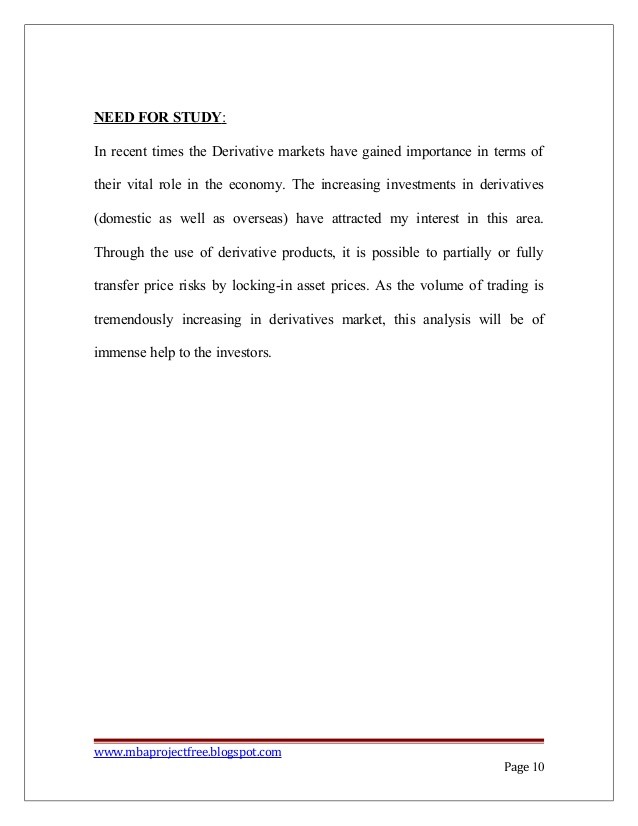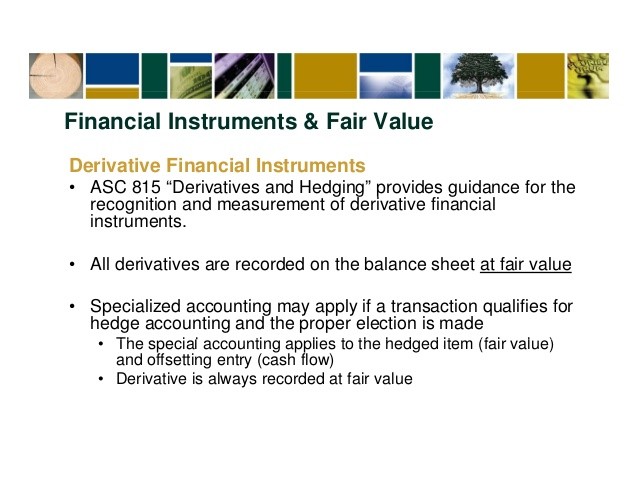Derivatives Financial Education Everything You Need To Know About Finance
Post on: 6 Май, 2015 No Comment

Meta
Archive for the ‘Derivatives’ Category
Credit Exposures for Derivative Contracts
Derivative agreements are contracts between two parties, under which at least one of the parties faces a financial obligation to the other. Each counterparty to a contract can be subjected to credit risk, or the possibility that the other party fails to meet its obigation.
In a forward contract, commitments are made at the contract outset but settlement is due at expiration. Consider an agreement under which party A agrees to buy the S&P 500 index from party B for 1,500 in one year. If the S&P 500 is at 1,400, party A owes party B 100, and party B faces potential credit risk (prior to settlement) and actual credit risk (at the time of settlement.) When the S&P 500 is higher than 1,500 it is party A that is subject to credit risk.
Swap contracts are similar to a series of forward contracts, with interim payments occurring along the way. Each payment exposes one party to credit risk. As each payment is made, the total potential credit risk is reduced.
Option contracts have unilateral credit risk only the seller is obligated to make a payment, so only the buyer is exposed to credit risk once the initial premium has been paid.
Posted on 29th November 2008
Using Derivatives to Hedge Different Types of Credit Risk
There are three primary types of credit risk:
- Default risk is the chance the issuer will fail to meet its obligations
- Credit spread risk is the chance the spread between the risky bond and risk-free securities will vary after purchase
- Downgrade risk is the chance a rating agency will lower its rating on the issuer

These risks can be hedged using option contracts.
A binary credit option pays off only if a specified negative event occurs. These can be used to hedge default risk or downgrade risk.
Credit spread options pay off based on the spread over a benchmark rate. They can be used to hedge credit spread risk.
Posted on 24th June 2008
Information Content of the Option Volatility Skew
Deep out-of-money options tend to trade with higher implied volatility than near-money options, a phenomenon known as the volatility skew. In the October 2007 Journal of Futures Markets. Doran, Peterson and Tarrant extend this observation to ask whether the implied volatility skew becomes more positive immediately prior to a market spike or more negative immediately prior to a market crash.














